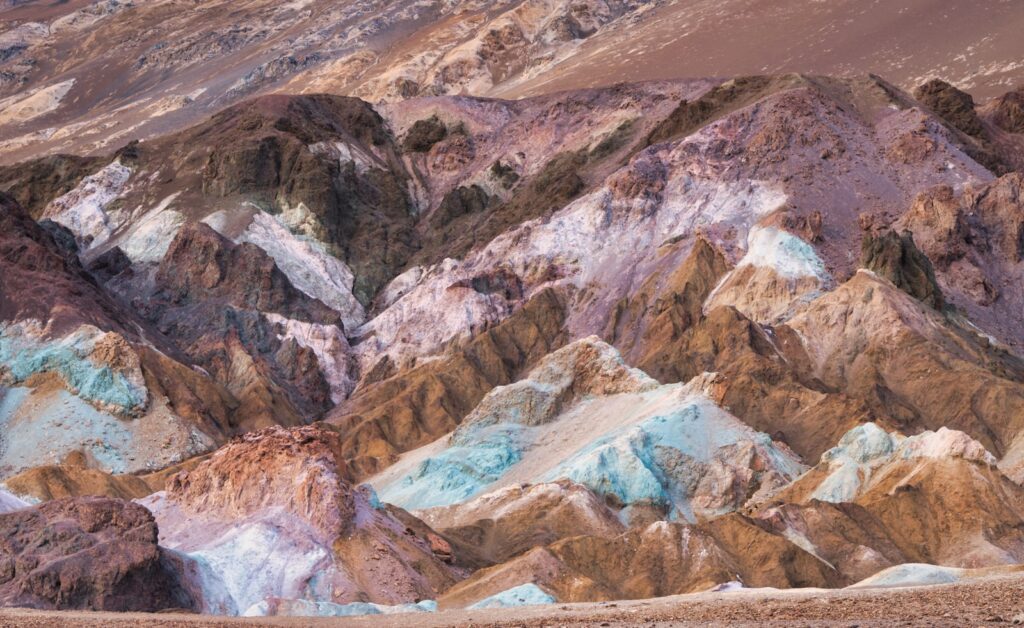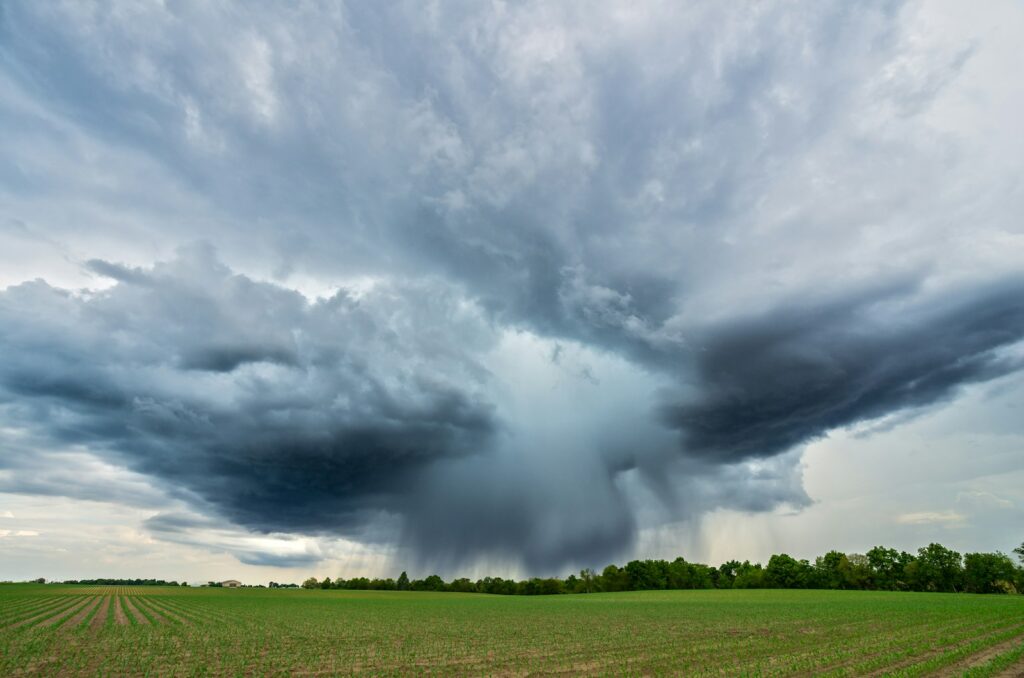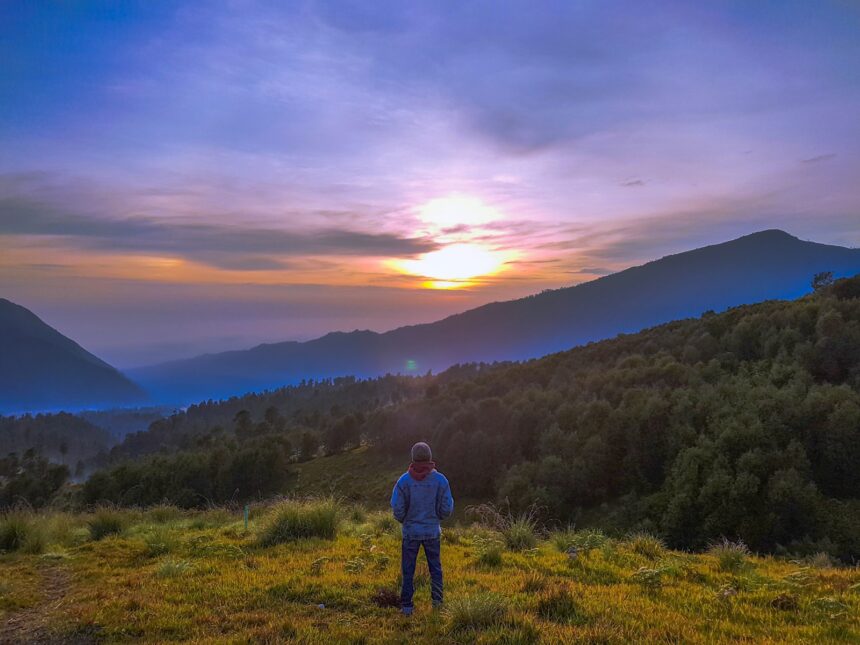Traveling for Astronomy: Are you ready to embark on a cosmic adventure? Traveling for astronomy and stargazing offers a unique opportunity to explore the wonders of the universe while experiencing the beauty of our planet’s darkest skies. Whether you’re a seasoned astronomer or simply fascinated by the stars, there’s something magical about gazing up at the night sky from remote locations free of light pollution. In this guide, we’ll take you on a journey through some of the world’s best destinations for astronomy tourism, where you can witness celestial phenomena, observe distant galaxies, and marvel at the brilliance of the cosmos.
1. Choosing the Right Destination
When planning a trip for astronomy and stargazing, it’s essential to select a location with minimal light pollution and optimal viewing conditions. Remote areas away from urban centers offer the best opportunities for clear, dark skies. Consider destinations such as:

National Parks: Parks with designated dark sky areas, such as Death Valley National Park in the United States or NamibRand Nature Reserve in Namibia, provide excellent stargazing opportunities.
Observatories: Many observatories around the world offer public stargazing events and educational programs. Places like Mauna Kea Observatory in Hawaii or La Palma Observatory in the Canary Islands are renowned for their astronomical research and stargazing facilities.
Dark Sky Reserves: Designated dark sky reserves, such as Aoraki Mackenzie Dark Sky Reserve in New Zealand or Exmoor Dark Sky Reserve in the UK, are protected areas with minimal light pollution, ideal for stargazing.
2. Planning Your Trip

Once you’ve chosen your destination, it’s time to plan your trip. Consider factors such as weather conditions, moon phases, and astronomical events happening during your visit. Websites and apps like Clear Sky Chart and Stellarium can help you forecast celestial conditions and identify notable celestial objects visible in the night sky.
Weather: Check the weather forecast for your chosen destination to ensure clear skies during your stay. Cloud cover can obstruct visibility, so aim for nights with low precipitation and minimal cloud cover.
Moon Phases: Plan your trip around the lunar cycle to avoid bright moonlight, which can diminish the visibility of fainter celestial objects. New moon phases offer the darkest skies, perfect for observing galaxies, nebulae, and star clusters.
Astronomical Events: Research upcoming astronomical events such as meteor showers, eclipses, and planetary alignments to enhance your stargazing experience. Witnessing these rare phenomena adds an extra layer of excitement to your celestial journey.
3. Essential Gear and Equipment
To make the most of your stargazing adventure, it’s important to pack the right gear and equipment. Here are some essential items to consider:

Telescope or Binoculars: A good-quality telescope or binoculars are essential for observing distant celestial objects with clarity and detail. Choose a portable telescope suitable for travel with features such as aperture size, focal length, and ease of setup.
Star Charts and Guidebooks: Bring along star charts, planispheres, or astronomy guidebooks to help you navigate the night sky and identify constellations, stars, and planets.
Red Light Headlamp: A red light headlamp preserves your night vision while allowing you to see in the dark without disrupting the natural beauty of the night sky.
Warm Clothing and Blankets: Nights can get chilly, especially in remote areas, so dress in layers and bring blankets to stay warm and comfortable during extended stargazing sessions.
4. Embracing the Experience
As you venture into the wilderness for astronomy and stargazing, take time to fully immerse yourself in the experience. Disconnect from technology, embrace the solitude of the night, and allow yourself to be awe-inspired by the vastness and beauty of the cosmos. Whether you’re observing distant galaxies, tracking the movement of planets, or simply marveling at the brilliance of the Milky Way, traveling for astronomy offers a profound connection to the universe and a sense of wonder that transcends earthly boundaries.
In Conclusion, Traveling for astronomy and stargazing is more than just a journey through space—it’s a journey of discovery, exploration, and connection. By immersing yourself in the pristine darkness of remote locations, you’ll gain a newfound appreciation for the mysteries of the cosmos and the fragile beauty of our planet. So pack your bags, set your sights on the stars, and embark on a celestial adventure that will leave you breathless and inspired.
FAQs about Traveling for Astronomy
1. Do I need prior knowledge of astronomy to enjoy stargazing?
No prior knowledge is necessary to enjoy stargazing. Beginners can start by identifying basic constellations and gradually learn more about the night sky through observation and exploration.
2. Can I stargaze without a telescope?
Absolutely! While a telescope enhances your viewing experience, stargazing can be enjoyed with the naked eye or with binoculars. Many celestial objects, such as constellations, planets, and meteor showers, are visible without magnification.
3. Are there stargazing tours or guided experiences available?
Yes, many tour operators and astronomy organizations offer stargazing tours, guided experiences, and educational programs in dark-sky locations around the world. These tours provide expert guidance and access to telescopes for an immersive stargazing experience.
4. Is stargazing suitable for children?
Stargazing is a family-friendly activity that can inspire curiosity and wonder in children of all ages. Encourage children to observe the night sky, ask questions, and learn about the stars, planets, and other celestial objects.
5. Can I take photos of the night sky with my smartphone?
Yes, smartphone cameras can capture stunning photos of the night sky, especially in dark-sky locations with minimal light pollution. Consider using a tripod to stabilize your phone and downloading night photography apps to enhance your astrophotography skills.


